how long can a bonsai tree go without water
How Water Bonsai Trees One of the essential aspects of caring for a bonsai tree is to properly water it for the best growth and development. A bonsai tree has no difference. In fact, the bonsai plants that die from dehydration. Therefore, correctly watering your bonsai tree is the key to keeping it healthy and alive. In this tutorial, we will share with you a complete guide on how to water your bonsai trees in the right way. There are many facts, methods and advices, as well as misconceptions when it comes to watering bonsai plants. You will gain the right knowledge, skills and attitude to properly water your bonsai trees. Here are the topics we will cover today:1) Factors Affecting the Bonsai Tree Water RequirementsThe water is a very important aspect of caring for the bonsai trees. The frequency of how a bonsai tree needs irrigation depends highly on different factors that indicate that it is impossible to determine how often you need to water your bonsai tree. These are the factors that affect the drying time and water requirements of the bonsai trees: Soil mix The main components containing water include inorganic and organic fines, clay, vermiculitis and moss of peat. If you will increase the amount of these amendments to your soil mixture, you will decrease your drainage, and in return you will increase the water retention capacity of the soil. This will increase the irrigation intervals of your bonsai tree. However, do not increase the volume by more than 25% because, beyond this point, the problems of root rot may form due to poor drainage and a decrease in the aeration. The soil components that can increase the aeration and drainage, and reduce the water retention capacity of the soil include some large organic and inorganic particles that are greater than 1/8 inches such as bark, thick sand, surface, lava rock, perlite and other types of clay products (stable scrap). Size of the plant and grill Fast-growing bonsai leaf species can quickly colonize, leading to drying out of the ground. Bonsai plants properly refrigerated by root and roots can quickly dry a pot. The quick drying of the soil is healthy for your bonsai plant if you are able to handle for enough water. Remember that every time your bonsai tree dries, you are throwing a freshly loaded air in the root area of the plant. Every time your bonsai tree is watered and drains of water, another freshly charged air passes through the root area. For bonsai plants outdoors, the ideal irrigation interval is a day, making the irrigation easy to schedule to remember. It will almost certainly avoid problems of the bonsai root. If cycles are shorter than one day, it can inevitably lead to dry and withered plants on some occasions. Bonsai trees well covered in the bowl or in the pot can shorten the irrigation interval because the upper part will grow and require more water. After the upper part of a bonsai plant is pruned, there is a decrease in perspiration, and there is an increase in the irrigation interval. For bonsai plants that are highly susceptible to root rot, it is very important to pay attention to this important factor. Fertilizer Fertilizer or nutrients can accelerate soil drying time by affecting the speed of a bonsai tree will grow. Fertilizer can accelerate the decomposition of the soil's organic portion. This causes premature collapse of the soil, thus increasing the drying time of the soil and slowing down the growth of its bonsai. The collapse of the soil due to decomposition is a factor overlooked in the growth of a bonsai plant, as well as irrigation intervals, but this can be prevented with the use of a greater percentage of high quality organic materials and stable inorganic materials such as the bark of pine or fir. The wood fiber products that break down from the bark quickly break down v and are not suitable for most bonsai species, and the same with the garden or other types of compost. DiseaseBionsai plants with root rot have decreased the ability to take water and can stop the drying time of the soil. When it comes to symptoms of root damage, they can be somehow misleading. There are diseases that can cause blocking of the vascular system of a bonsai tree that can prevent it from absorbing water. The waste of the leaves is an outer symptom. The natural inclination of a gardener is to water the bonsai plant, but the real problem is not actually a lack of water, but it is the inability to absorb water due to root problems. In doing so, it will lead to overwater that can severely exacerbate the fungal problem. Let the bonsai plant dry, and not water it. Whenever your bonsai plant wilts, the soil should be checked or ensured that it is dry before watering it. If not dry, this is probably a symptom of the rotten root or fungal infection. The wind can increase the breath and thus decrease the irrigation interval of the bonsai plant. Remember that strong winds, under moderate temperatures, can quickly dry any plant including bonsai trees. Some plants and trees are more vulnerable compared to others. Generally, you should not place your bonsai tree in an area that frequently receives prevailing winds. This is a problem that usually occurs during the winter because the soil freezes, thus affecting the roots of the bonsai plant, where they cannot absorb the water properly under these conditions. The stems and foliage continue to lose water. You need to protect your bonsai plants from the wind under these given conditions, and to ensure that they are thoroughly watered just before the start of the very cold drying winds. Sunlight The sunlight can heat your bonsai tree and pot, thus increasing the breath, as well as evaporation, and the irrigation interval is diminished. The bonsai trees that are grown in the dryest and hottest areas of the country require relocation to arrive early morning sun, as well as evening shadow. Note that the fastest growth of your bonsai will occur where there is a bright light and moderately optimal temperatures, so there is little loss of growth placing your bonsai tree in a shaded area during the afternoon heat. Optimal light levels are positively successful in fast growth of your bonsai tree and decrease drying time by fostering increased foliage. High temperature and humidity High temperature can increase breath and reduce drying time, and this is true even if the sunlight is absent. The temperatures above 80 degrees Fahrenheit, with the early morning to the full sun, means that irrigation is necessary every day for the most established bonsai plants, along with low to moderate humidity. High humidity decreases breath, and moderately high temperature, which can increase drying time. Increased humidity plays an important role in expanding the bonsai irrigation cycle in very hot dry climates. Leg size An additional soil volume increases the water deposit and increases the drying time. This is a need for fast-growing bonsai species and boiler. Small containers or pots dry faster compared to large ones. Conclusion Many of the factors mentioned above can be manipulated to control drying to adapt to the conditions of your bonsai plant. The bonsai species, types of pottery soils, location and length of pottery may also affect the water requirements of your bonsai tree. Here is a video about the irrigation of a bonsai tree correctly.2) When it is the best time to water your BonsaiWater your bonsai trees when the soil feels slightly dry. There is no rule about the best time to water a bonsai plant. Avoid watering during the afternoon with cold water, because the soil has already been heated by sunlight and will tend to cool quickly. Although this should be considered, you can water your bonsai tree at any time when the soil is slightly dry. Do not water your bonsai tree when the ground is still wet. Regulate it if it feels and looks slightly dry. There are many methods used to check soil dryness or humidity levels, which will be discussed below. Never let your bonsai tree dry completely. You will be able to see when your bonsai tree needs to water instead of feeling it while you get more knowledge and experience. Always keep this in mind, never water your bonsai tree in a routine schedule. Instead of watering daily, just observe your bonsai trees individually, until you know very well exactly what you are doing. There are many factors to consider how often you need to water your bonsai trees as discussed above, and following the correct guidelines will make your bonsai trees happy because it provides them water as needed.3) How to check soil moisture It is important to ensure that the soil where your bonsai is planted never dry. Reviewing the soil on a daily basis is crucial to determine whether it is time to water your bonsai plants. As with any other plant that is in a pot or container, the need for water from your bonsai tree varies greatly from its size, size and type of pot, and location of your plant. By checking soil moisture, there are effective ways to do so. Using Meter soil moisture When taking care of a bonsai tree, it is important to know when it is the best time to water it for more successful maintenance. Whether expert or beginner, a moisture meter is a valuable tool instead of taking the guesses every time water. A moisture meter measures soil moisture at the root level. It is used to prevent overwater and underwater. The scale varies from 1 or dry to 10 or wet. Using the finger method You can paste your finger to check soil moisture, which is approximately 1 inch deep. This usually works, but sometimes it is difficult to measure if the soil is wet using the fingers, especially if it feels cold. It is also a bit off after trying several bonsai trees. With these, you can use wooden sticks to check soil moisture. Using the MethodThings stick You will need blade sticks (sheets, untreated or stained), tongue depressor, or popsicle stick Step #1: Insert a wooden stick on the floor to a depth of 1 to 2 inches. This is approximately half the main trunk of its bonsai plant and the edge, being careful of the roots. It is good to check the soil moisture of all plants in pots and bonsai trees at the same time, using a different stick for each plant to avoid contamination of fungi and other harmful microorganisms that could be present on the ground. Step #2: You can leave the stick on the ground for about 10 minutes. Doing so will allow enough time for the chopstick or popsicle to absorb any water inside the ground. Step #3: Remove or remove the stick and check it out. If the stick or the popsicle has darkened or if it has a watermark, the soil is wet. If it is dry, and there is no color change, it is the perfect time to water your bonsai plant. If there is a slight change in color, it means that the soil is a bit humid. You need to recheck the floor after a day or two. Step #4: It's time to rinse the stick, popsicle or tongue depressor. Just make him dry. You can reuse it to check your bonsai tree next time. Conclusion You can also check the dryness or humidity of the soil by simply lifting the pot, but this is only suitable and applicable for smaller bonsai plants (no more than 5 gallons). The experience is needed to develop the ability to feel and look at a dry bonsai. Dryness and soil moisture can be tested using the finger and method of the stick, but the best method is to use a soil moisture meter that gives more precise results.4) Methods in the irrigation of bonsai Natural trees Bonsai Watering by Rainfall The important aspect of the irrigation of bonsai trees is not only to water the soil in the bowl or pot. By watering your bonsai tree, the best technique follows an old Japanese practice on taking care of the bonsai trees. This method involves the simulation of natural precipitation, soaking the soil until the water is exhausted from the drainage holes of the pot. Let the water pack the floor for 15 to 20 minutes. After which, soaking the soil again is done until the water comes out of the drainage holes again. You can cheat the foliage on your bonsai tree to keep the leaves dust free and keep the breathing holes or the stomata sheet open. The natural irrigation of the rain is good for your bonsai. However, it may not be enough for you to need water even if it rained. Often, the rain will only sow the top layer of the ground, so you still need to check the level of humidity or dryness of the ground to know if your bonsai tree requires more water. If your place has ever been getting excessive rain, you can boost the pot of your bonsai tree to allow draining of excess water. Watering rods and water hoses If you will use an excessively concentrated stream of water, the soil will probably be washed. If you have a small bonsai collection, you can use a small irrigation lacquer that is equipped with a thin rose. This is enough to thoroughly water the ground without moving it. If you want to use a hose, just turn on a low pressure or fog setting. Excessive pressure from the water hose can deactivate the soil. You can also use a water hose that is equipped with a spray gun or a fog device, or a shower setting. drip irrigation Systems You can also water your bonsai trees using a drip irrigation system. You can use an automatic drip system with a timer. Great collections Great collections are applicable to those who have too many bonsai trees. These are tempered envelope sprinkler systems or automatic irrigation systems. When you have a nursery or prefer to have a great collection, automatic systems are the best. You can run your system once a day during the winter. In summer, you can run twice a day. The duration of each irrigation session may also vary seasonally. When it is the rainy season, you can turn it off and water your bonsai trees by hand. Please note that automatic irrigation systems also have inconveniences. They can also break down, like any other system. They can also be inconsistent in several areas, creating too much water when it rains and obstructs. "Dunking" or Watering by ImmersionYou can make bonsai trees with immersion. If your bonsai tree is completely dried, it can be a good quick solution. But it's not always a good idea. Frequent immersion in water can cause a compact soil that damages the root. If you ever find that it is necessary to "dunk" regularly your bonsai tree because the water is not properly absorbed, your bonsai may really need repotting. Most likely your bonsai tree should be placed in a different mixture of the soil. Fast drainage and the thick type of bonsai soil are not problematic with irrigation using "dunking". Conclusion Now, you can choose the best irrigation method for your bonsai trees. Regardless of the method you use, it is important to determine the bonsai species, soil humidity and other factors that we have discussed above.5) Step-by-step guide for the irrigation of bonsai treesStep #1: Check soil moisture using a moisture meter. You can also make the finger method or stick method. Once you determine that the soil is slightly dry 1 inch deep or dry, proceed with the following steps. Step #2: Prepare the things you need (water can, water hose and water suitable for your bonsai). Step #3: Regar your bonsai tree from the top using a water hose with a thin nozzle to avoid washing the floor. Keep the irrigation until the water comes out of the drainage holes of the pot. Reload your bonsai thoroughly until the entire root system is wet. Step #4: Water your bonsai after a few minutes. Use the learning you had on the above topics to make sure you are watering your bonsai plants in the right way.6) Watering Data and TipsControl data: FAQsFrequently Asked Questions #1: Can I use the running water we have at home? Of course I do! If you can safely drink your tap water, then, by all means, use it to also water your bonsai tree. If you ever have hard tap water, you can leave white salt deposits on the bonsai trunk or around the pot. It is important to collect and use occasionally rainwater to get rid of the accumulation of salt on the ground. If ever the tap water has a lot of chlorine, let it sit during the night to evaporate chlorine in the irrigation can. Question #2: Do I often need to curse my precious bonsai? The misunderstanding creates moisture for your precious bonsai tree. Bad taste can help in cleaning and refreshing the foliage of your bonsai tree. However, malting is not a substitute for total irrigation. When you are cheating on bonsai on tour, just give your foliage a little spritz. Don't unlearn your bonsai. Misting will only create a temporary and humid environment for your plant. If you're going to fool your bonsai, it's essential to use a mild water mister. Question #3: How to increase humidity in winter? In the winter months, most of the species of indoor bonsai require moisture. During the winter, the central heat can dry the air and humidity in the room. Luckily, there are easy and affordable methods to increase the internal humidity and around your bonsai trees. To increase the humidity level by evaporation, you can place your bonsai on a flat tray that is full of water and river stones. The flat tray should be larger than the bonsai pot for 1 to 2 inches on each side. Be sure to fill the water regularly. As the water evaporates, the humidity level around the bonsai tree will increase. Stones can provide a decorative surface so you can show your bonsai tree and raise your bonsai pot over the water to prevent the occurrence of root rotation. With moisture trays, irrigation is made simple, providing essential moisture for your bonsai tree, and protecting your furniture from damage and stain. For a few dollars, the humidity tray is really worth the investment. Question #4: Do I need to invest and use a special irrigation can for my bonsai? No. However, it's a big investment you'll make. If you are a serious bonsai gardener, you know that investing in a quality irrigation can be a very important tool, making watering a bonsai tree more fun and exciting! Irrigation cans may seem to work the same way as the standard ones. However, there are great differences between the cans of irrigation. One is the shape and length of the outbreak. The standard size of the jet is the best for irrigation of all purposes, as well as for fertilization. However, a bronze rose shoot or called "rosette" still works best to imitate a soft and soft rain shower. The mild rain pressure is what most bonsai trees are used to, helping them thrive. Question #5: How to water my precious bonsai trees when I go on a long journey or vacation? If you ever go for a couple of days, you can ask a friend or relative to come and water your precious trees you bonsai. If you're going to be out for a few days, you have nothing to worry about because bonsai plants like to get a little dry between the irrigation sessions, but not very dry. You can buy a drip of voiding. It is a watering tool that you can use when you don't have another person to trust the irrigation of your bonsai trees. It should only be used in the event that a friend or relative forgets or lost watering his bonsai tree for a day or two. A bonsai dropper will allow a slow water trick, so your bonsai won't dry. The use of a drip irrigation tool is not recommended for several weeks. You can also water your bonsai tree and then wrap it in a plastic bag. Wrap it around the pot and the ground. Close the plastic bag around the bonsai trunk using a wire tie. Don't lock the whole bonsai tree, just the ground to avoid drying. Do not put your bonsai tree near the hot and direct sun. However, you need a bright light and a place where your bonsai tree will stay cool. Do this before you go on vacation so you can observe the health of your bonsai tree and see how long it can handle without water. Conclusion These facts and tips are important for the health and well-being of your bonsai trees when it comes to irrigation. Apply best practices and get the right experience to be a good producer bonsai.7) Common irrigation problems in Bonsai trees Bonsai plants depend largely on a continuous flow of water to stay alive and grow and develop properly. The water is easily absorbed from the soil compost in the bonsai roots through the osmosis, where the water rises from the body of the bonsai plant and then released into the air through its foliage. The osmosis process allows the bonsai tree to distribute essential nutrients in all other parts or their structure. But without a source of enough moisture for bonsai roots. There is an interruption in the flow of water and the structure of the bonsai tree collapses and drys quickly. Subaquatic Your bonsai tree, like any other type of cultivated plants, needs moisture in your root system to thrive. Without a continuous source of moisture, your bonsai tree cannot continue to live. He will initially lose leaves, then his branches and finally all his bonsai tree can die. Never allow the soil compost to dry completely because the underwater is a quick way to kill your bonsai. The effects of underwater are generally immediate. Signs of the underwater bonsai include: Data on Underwater Plants Established trees and plants that grow on the ground tend to have the ability to "adjust" when there are low water levels and their natural habitat. However, if there is not enough water available for the root system, it will spread out reaching the ground until it acquires enough moisture. Plants that are growing in relatively dry areas will have powerful root systems, continuing to spread to a reliable source of humidity. On the other hand, plants and trees that grow in wet conditions where moisture is permanently and constantly available, will tend to develop shallow root systems as they gain access to soil moisture. In pots, bonsai trees lose their ability to regulate exposure to moisture. They cannot govern the amount of water they can access. The soil compost present in a bonsai pot or container is less stable compared to the soil present on the ground. There's a greater chance that bonsai trees will dry. It is affected by the environmental influence of the surrounding temperature and climate. How to resolve the Underwater Regar your bonsai tree submarined by immersion or "dunking" can provide a quick solution. The ends of the leaves and branches are the first areas to be affected, followed by branches. The trunk and eventually the roots collapse and dry. When this happens, it is unlikely that your bonsai tree can survive without experiencing significant damage, and the water application is too late. Overwater It is important to water your bonsai but too much water can be fatal. In Japan, it takes approximately 3 years for a bonsai gardener to learn the art and science of watering bonsai trees correctly. Effects of overwater The effects of overwater are more subtle. They can take a long period of time to be detected. Overloading a soil that is water-retentive creates a permanently humid environment for the Bonsai root system. The roots of bonsai require oxygen to be able to 'breath'. Excessive water in air-free and retaining soil reduces the capacity of the soil compost to absorb the air. It can cause stifling of thin root hairs and eventually die. The loss of vigor is the immediate effect of overwatering because the parts of the root are unable to grow and die. Eventually, the dead roots begin to rot. Natural microorganisms such as bacteria colonize dead tissues. On a very humid soil, the bonsai roots of compost that are sick may not survive. The bacteria of the root spread to the root system, slowing down or stopping the ability of your bonsai tree to seal any remaining live bonsai root-tips. The roots become smaller, bearing less of the visible top of the bonsai tree. If your bonsai tree is planted on a dry soil or of good quality, it is really impossible to overwhelm it. Root rot is the result of a bonsai tree that is growing on a poor soil that usually stays wet and without air. It causes the death of the bonsai roots. Bonsai tree signs overloaded How to treat Bonsai trees overwaterStep #1: Remove your bonsai tree from your bowl or pot. Step #2: Check the roots. If they are brown and mushy instead of white and firm, and in wet compost, falling and smelling like decay, you have to remove most of these things possible. Step #3: Just hold the roots that are healthy and firm. Remove the yellow or moribunda leaves. If the removal of a large amount of root mass occurs, a similar proportion of the higher growth of the bonsai tree may be removed because it will not be able to absorb and remove enough water to support the additional license if the root system is compromised. It may seem extreme, but it will put less stress on a bonsai plant already ill. Step #4: Give your bonsai tree a good rinse. Put your bonsai into a new container along with a fresh growth mix. You can use the original pot as long as it is completely cut with hot water and detergent to remove any trace of the infected bonsai compost. Step #5: You can water your bonsai tree well with a cold chamomile tea. It contains a diluted solution of natural antifungal properties and antibacterial chemicals that are produced by manzanilla plants, treating fungal and bacterial infections. It's cheaper compared to commercial preparations. The camouflage tea is probably sitting in your own kitchen closet. You can also use sprayed cinnamon on the bonsai roots, and the soil surface before watering. This is traditionally used in Asian countries for a similar purpose. Step #6: Place your bonsai tree in an illuminated area but away from the direct blow of the sun to recover completely. Step #7: Regar your bonsai tree very spatly while the bonsai pottery mix starts to dry. Root Rot Root rot is usually detected when repotting during the spring. Rotted bonsai roots become black and disintegrate when touched. A reliable way to stop root rot is cutting all dead areas of the root. Root-rot refers to a generic term usually used in bonsai trees describing their roots that are dead and have broken away. The bonsai root drag can come as pathogen and not pathogen. These two forms are hard to differentiate. However, while pathogen can mean the total loss of the bonsai tree, not pathogen is a natural process that can also indicate bad health in the bonsai tree. Rot RotPathogenic fungi pathogens, as well as bacteria, can kill living roots because they feed, blocking their vascular tissues that carry moisture and sugars between roots, stems, branches, trunk and foliage. The pathogenic root rot makes the foliage fade and finally die again, especially in the top portions of the bonsai tree. Responsible pathogens include Pythium, Verticillium, or Phytophthora. Root rot that is caused by pathogenic bacteria or fungi usually affects a relatively smaller bonsai tree species. It is very limited to a range of conditions. These pathogens depend on weather conditions, and these are usually during the wet and fresh weather in spring. Damaged roots and routine root pruning can provide open wounds. These would attract pathogens such as fungi or bacteria, causing infection. The roots are subjected to poor conditions such as dehydrated, air-free and compact soils. Input points for these pathogens can be provided by poor growth conditions, killing areas of growth of fine roots. The bonsai trees that are prone to infections are Cypress, Yew, Box, Apple, Beech, Acer, Lime and Azalea. Signs of Rot RotHow to treat pathogen Root RotConclusionIndeed, these irrigation problems can be addressed and managed with early diagnosis and correct irrigation methods. You have just acquired knowledge about the most common bonsai irrigation problems and are now ready to face them as they rise. Final ThoughtsThe Bonnsai plants need water to survive. Although water requirements for different bonsai species vary, this tutorial has given you a deep understanding of the guidelines and best practices you need to have and think and follow when watering your bonsai trees. We hope you enjoyed and learned a lot from this tutorial. We thank you for sharing this information with your family and friends who are also bonsai lovers. Don't hesitate to comment below on your ideas, ideas and share your experiences while taking care of bonsai trees! Happy growth! Copyright 2020 Bonsai Tree Gardener
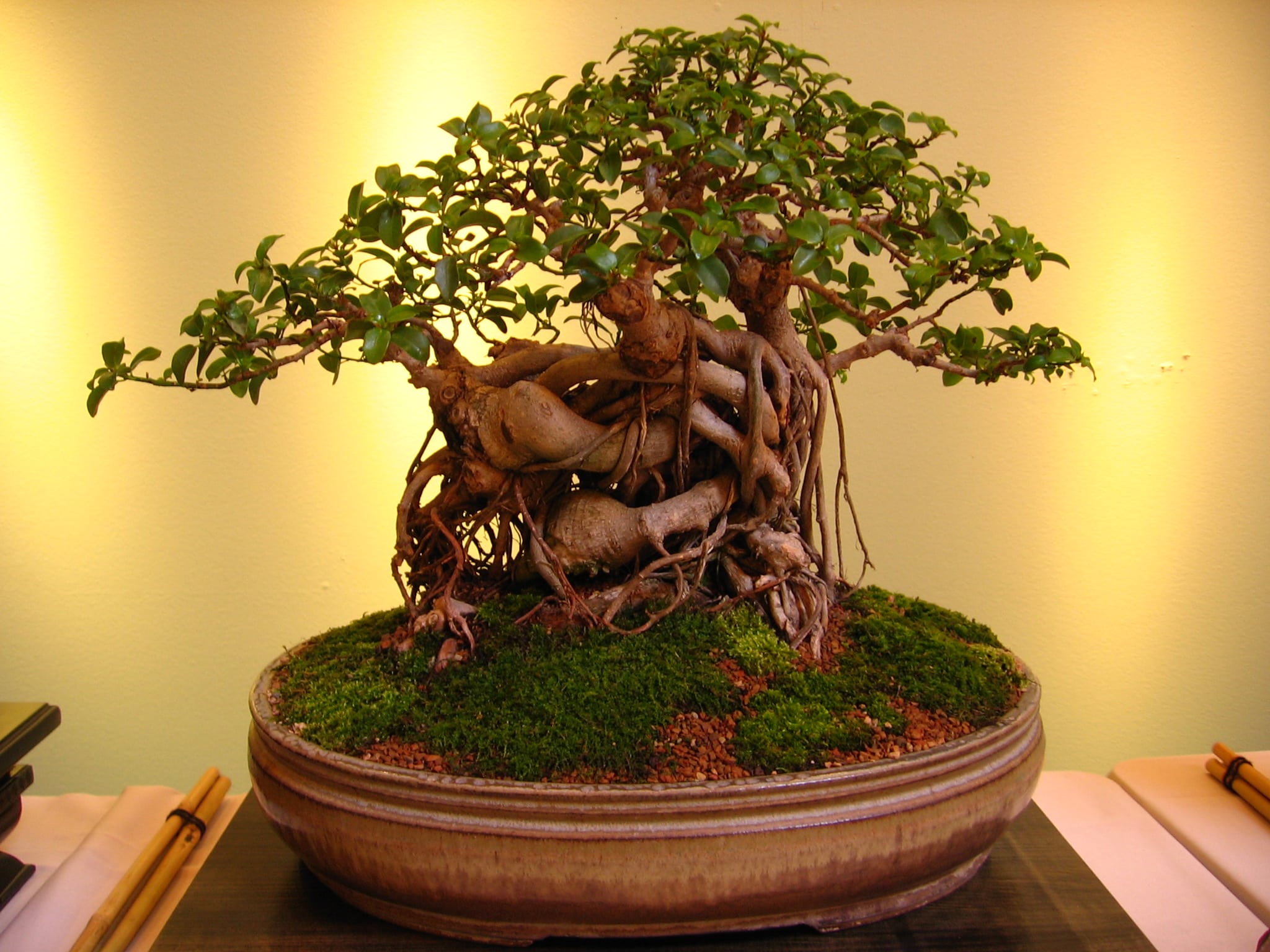
Things To Avoid When Growing Your Bonsai Tree | Bonsai Tree Gardener
The Basics of Watering Bonsai Trees - Basic Bonsai
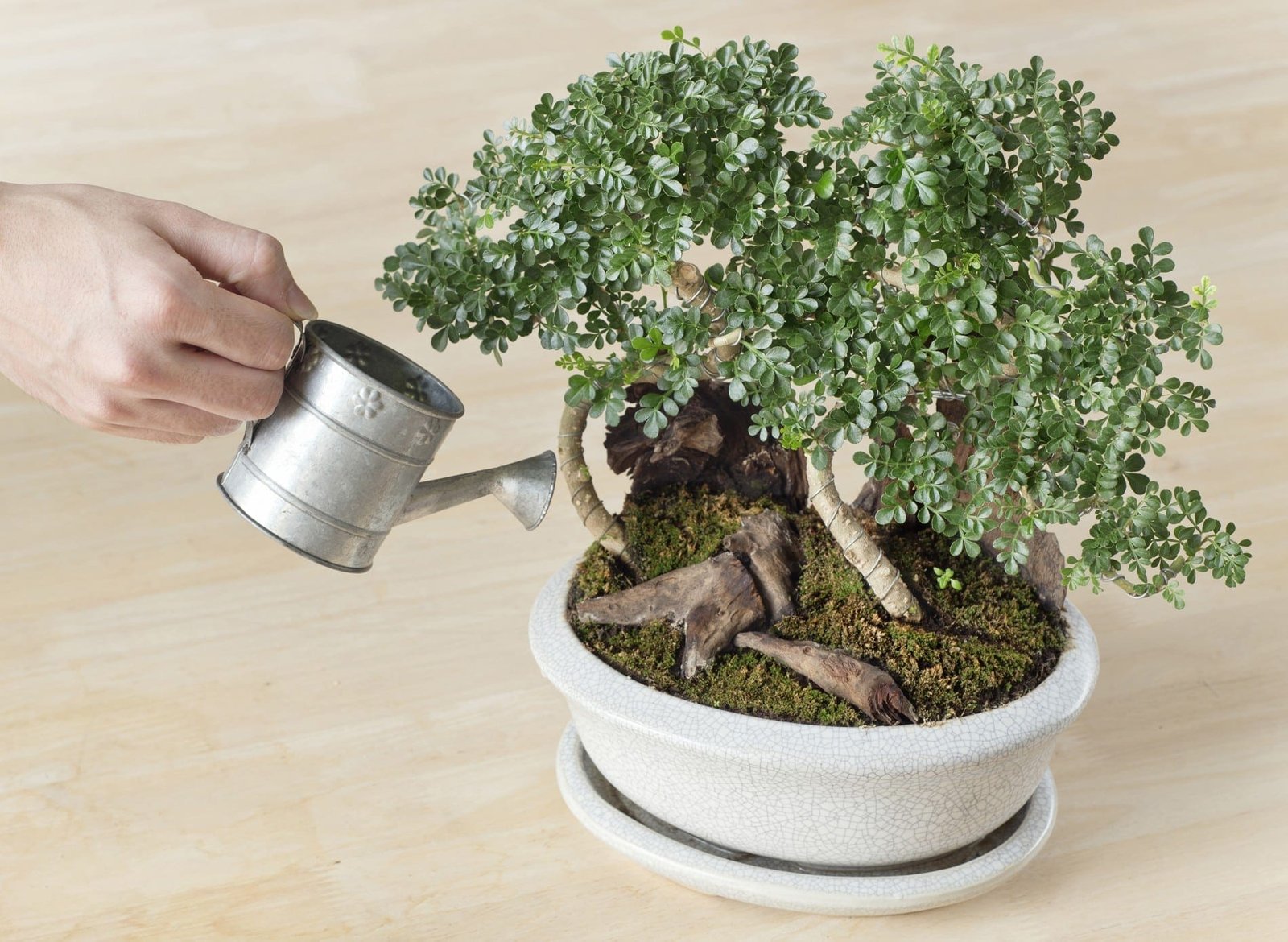
How To Water Bonsai Trees | Bonsai Tree Gardener
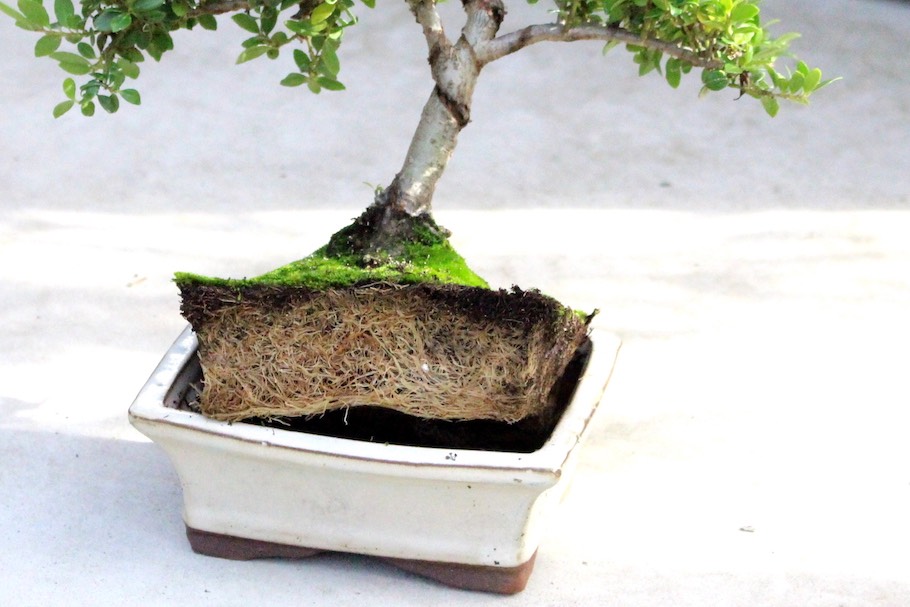
Watering Bonsai; how to water your trees - Bonsai Empire

How Long Can Bonsai Go Without Water? | Bonsai, Bonsai tree, Canning
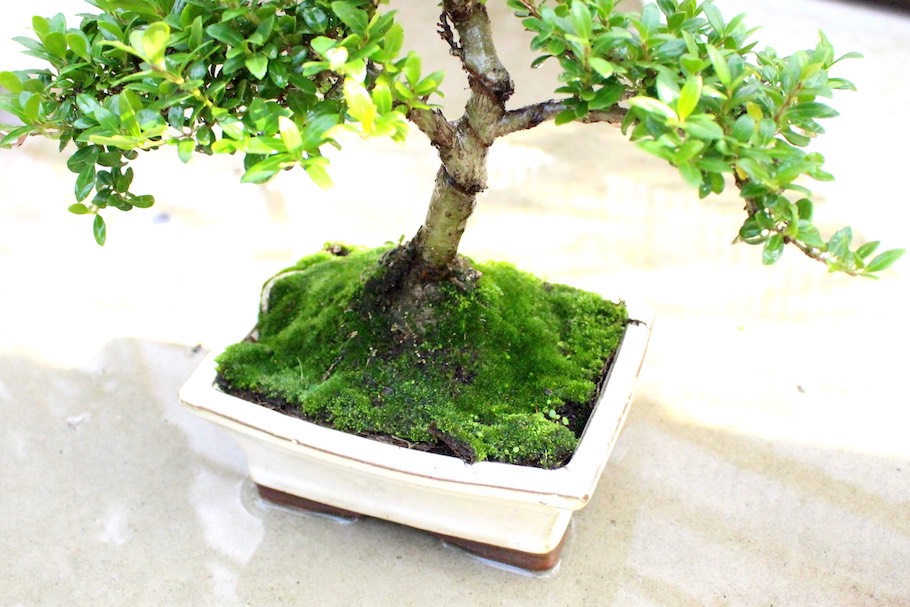
Watering Bonsai; how to water your trees - Bonsai Empire
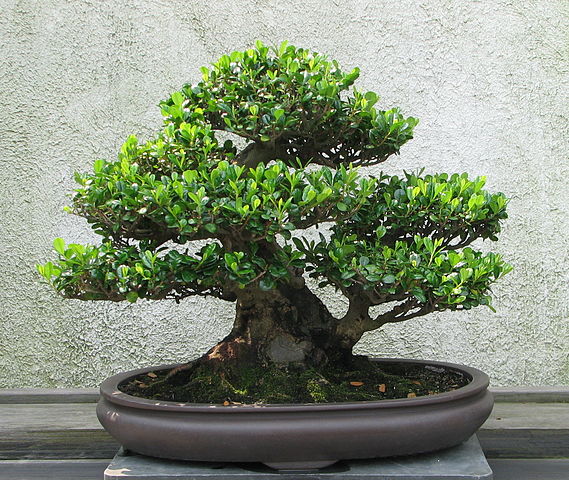
How to Water a Bonsai Tree: Helpful Tips

How To Water A Bonsai - YouTube

Over-Watering Bonsai Symptoms
Amazon.com: Brussel's Bonsai Live Dwarf Jade Indoor Bonsai Tree-3 Years Old 4" to 6" Tall with Decorative Container, Small: Garden & Outdoor

Simple Ways to Revive a Bonsai Tree: 13 Steps (with Pictures)
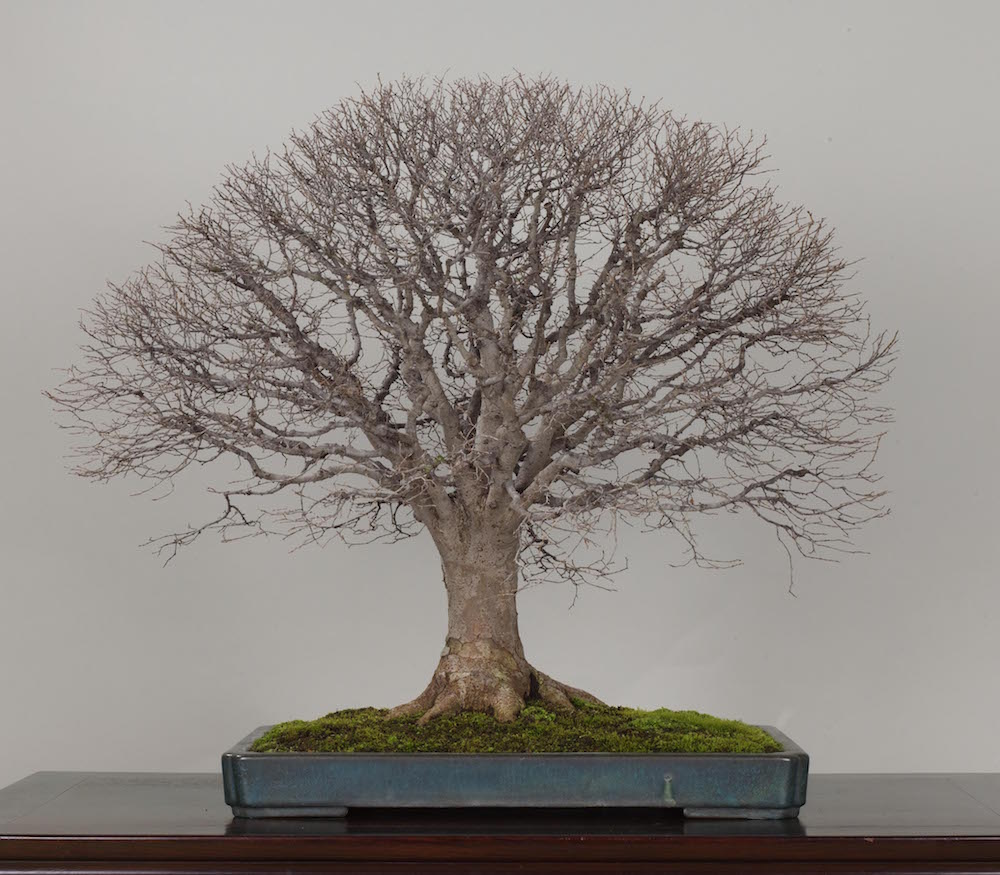
Overwintering Bonsai trees (special winter care) - Bonsai Empire
Watering Bonsai While on Holiday or Vacation
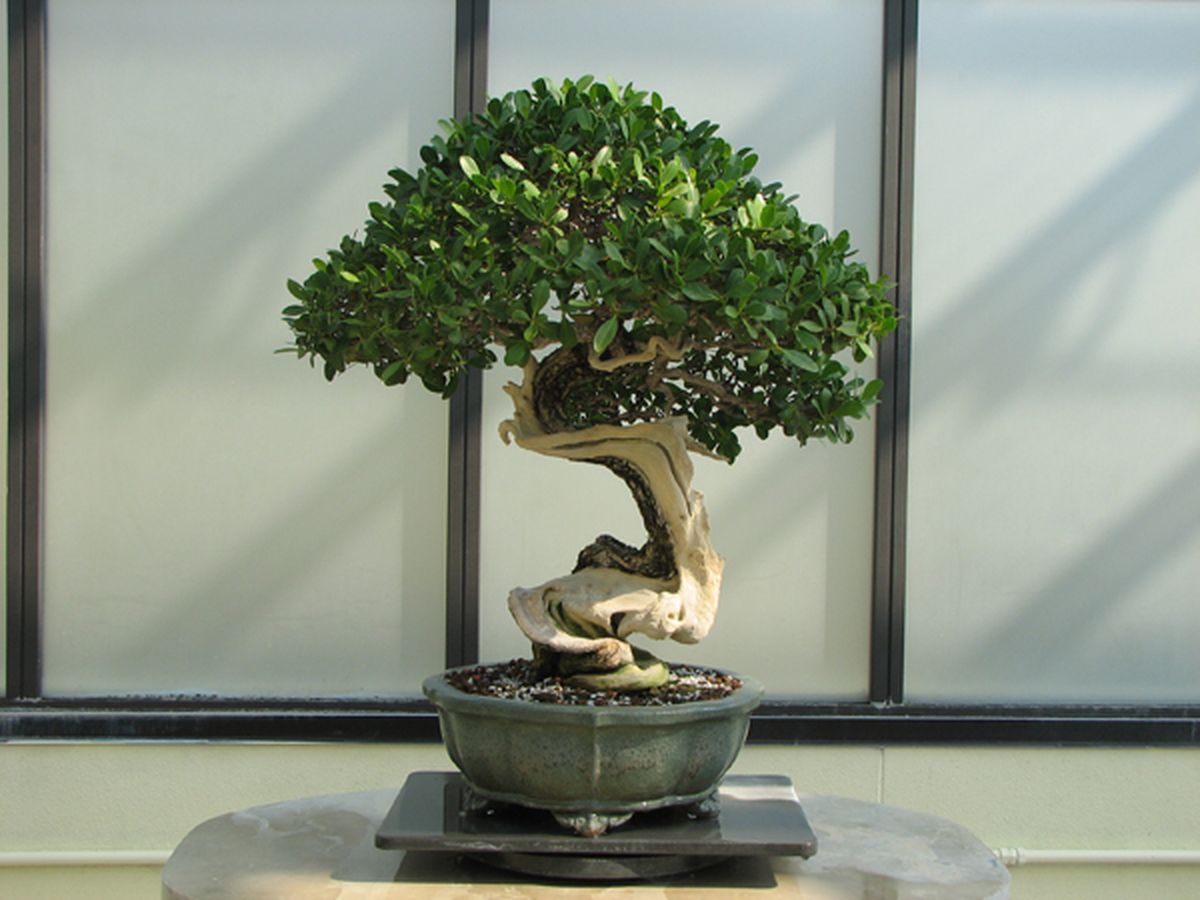
Bonsai Tree Care Guide for Beginners - How to Grow a Bonsai Plant

Growing Bonsai: Bonsai Tree Care for Beginners | The Old Farmer's Almanac
Amazon.com: Brussel's Bonsai Live Dwarf Jade Indoor Bonsai Tree in Zen Reflections Pot-3 Years Old 8" to 10" Tall,: Garden & Outdoor
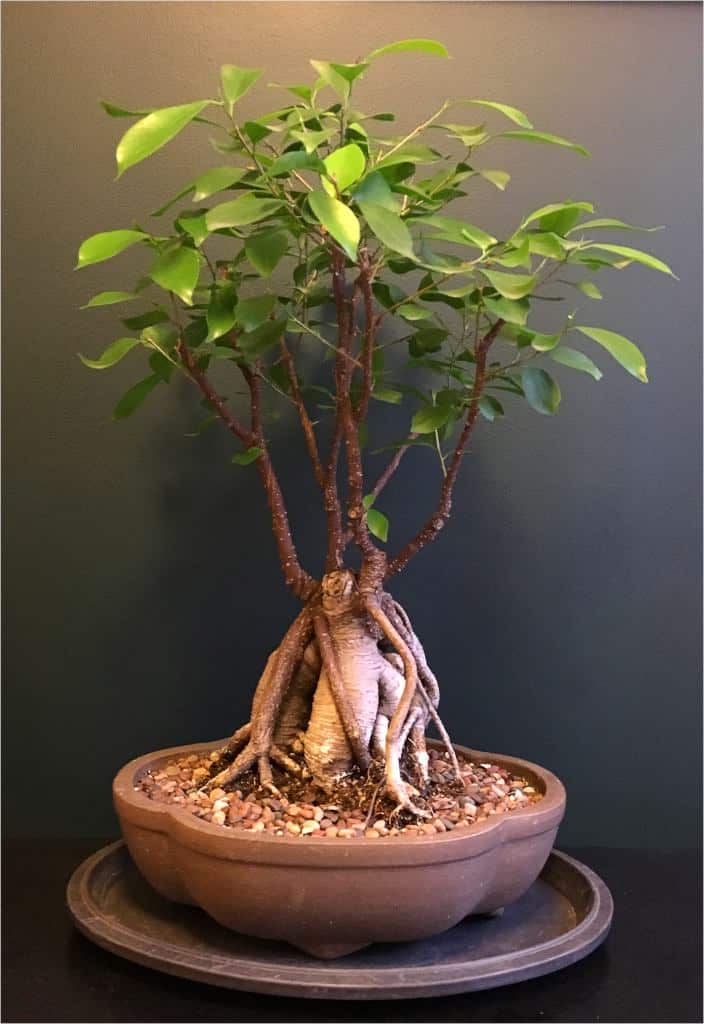
Ficus ginseng - pruning, watering and how to care for diseases
Amazon.com: Brussel's Live Golden Gate Ficus Indoor Bonsai Tree - 4 Years Old; 5" to 8" Tall with Decorative Container: Garden & Outdoor

Bonsai Tree Care for Beginners—Everything You Need to Know - ProFlowers Blog

A Beginner's Guide to Bonsai Trees - Arborist Now

Hawaiian Umbrella Bonsai Tree in Land Water Pot

Chinese Elm Bonsai Tree Care Guide - ALL THINGS BONSAI
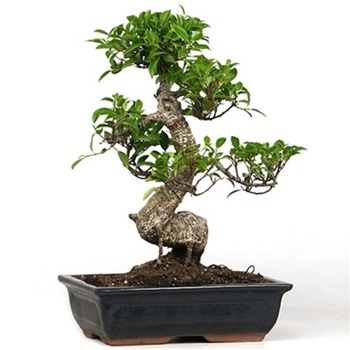
Help! My Bonsai is dying! - Bonsai Empire
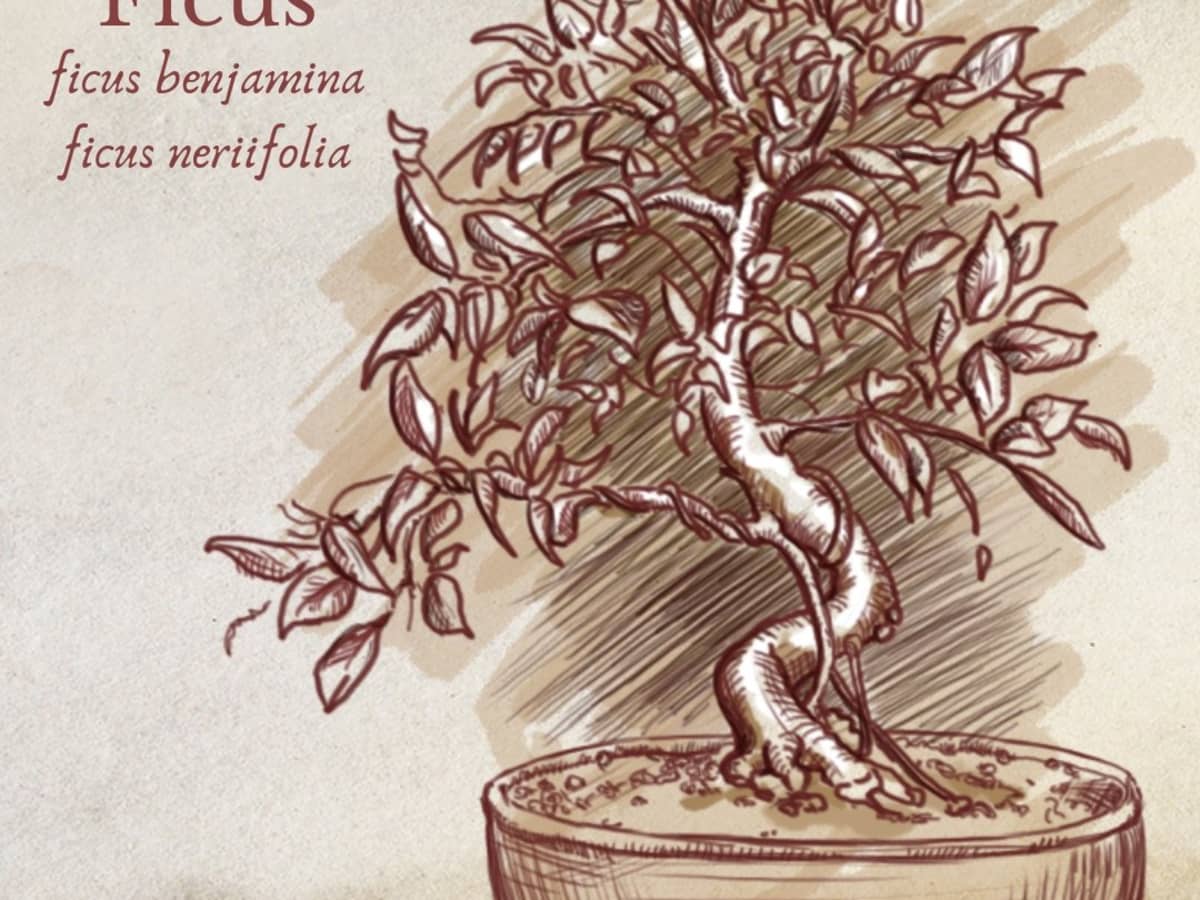
Five Species That Make Great Indoor Bonsai - Dengarden

Bonsai Tree Care for Beginners - FTD.com
How long can a bonsai go without water? - Quora
Japanese bonsai owners urge thieves to water stolen 400-year-old tree worth $127,700 - ABC News

A Beginner's Guide to Bonsai Trees - Arborist Now
My first bonsai! How often to water it? : Bonsai
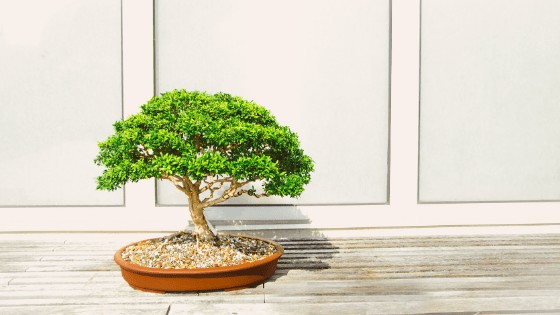
Bonsai Tree Care – The Complete Guide | Plantophiles
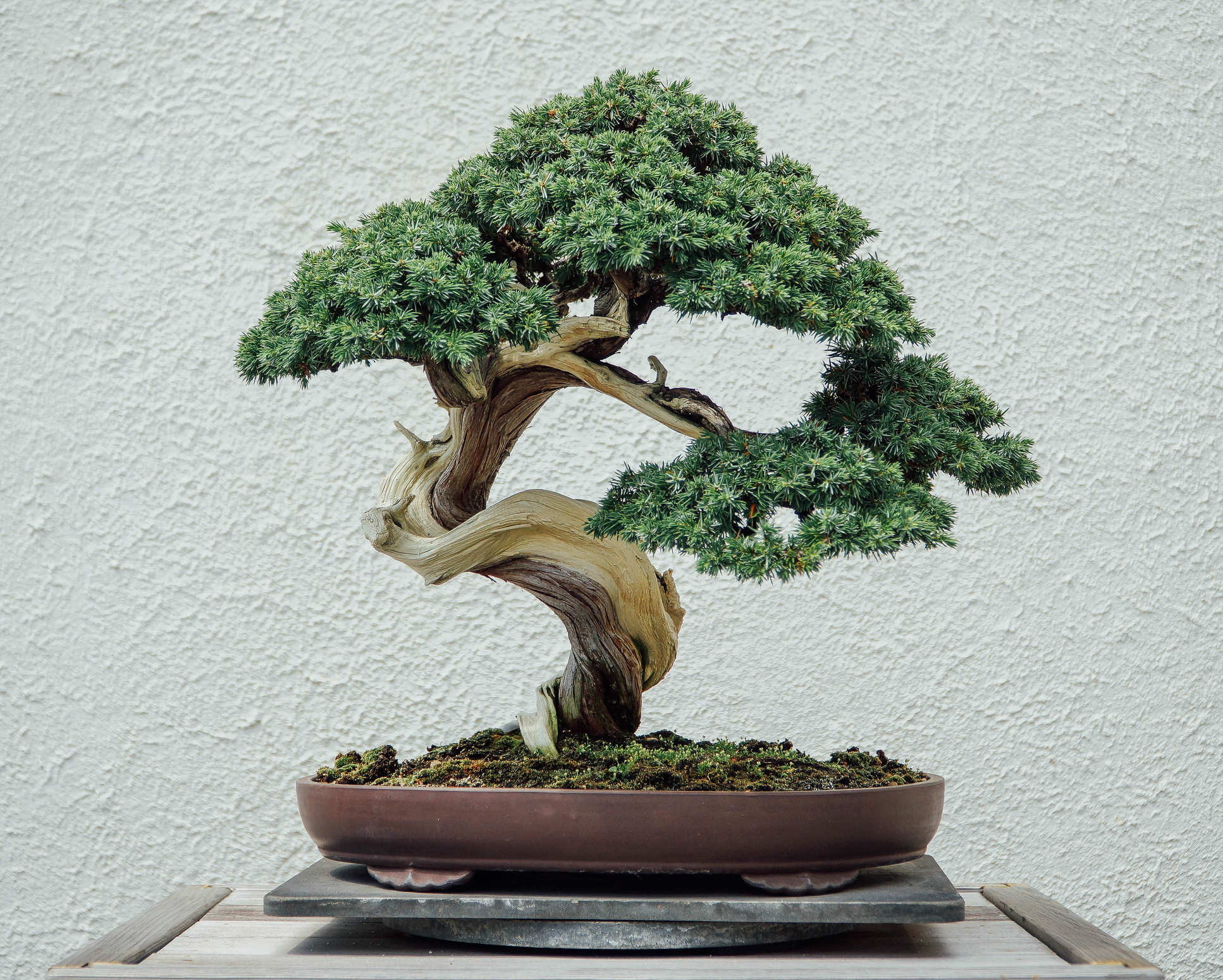
400-year-old bonsai tree worth $120K stolen, owners beg thieves to water it - National | Globalnews.ca
Amazon.com: Brussel's Live Chinese Elm Outdoor Bonsai Tree - 7 Years Old; 8" to 10" Tall with Decorative Container: Garden & Outdoor
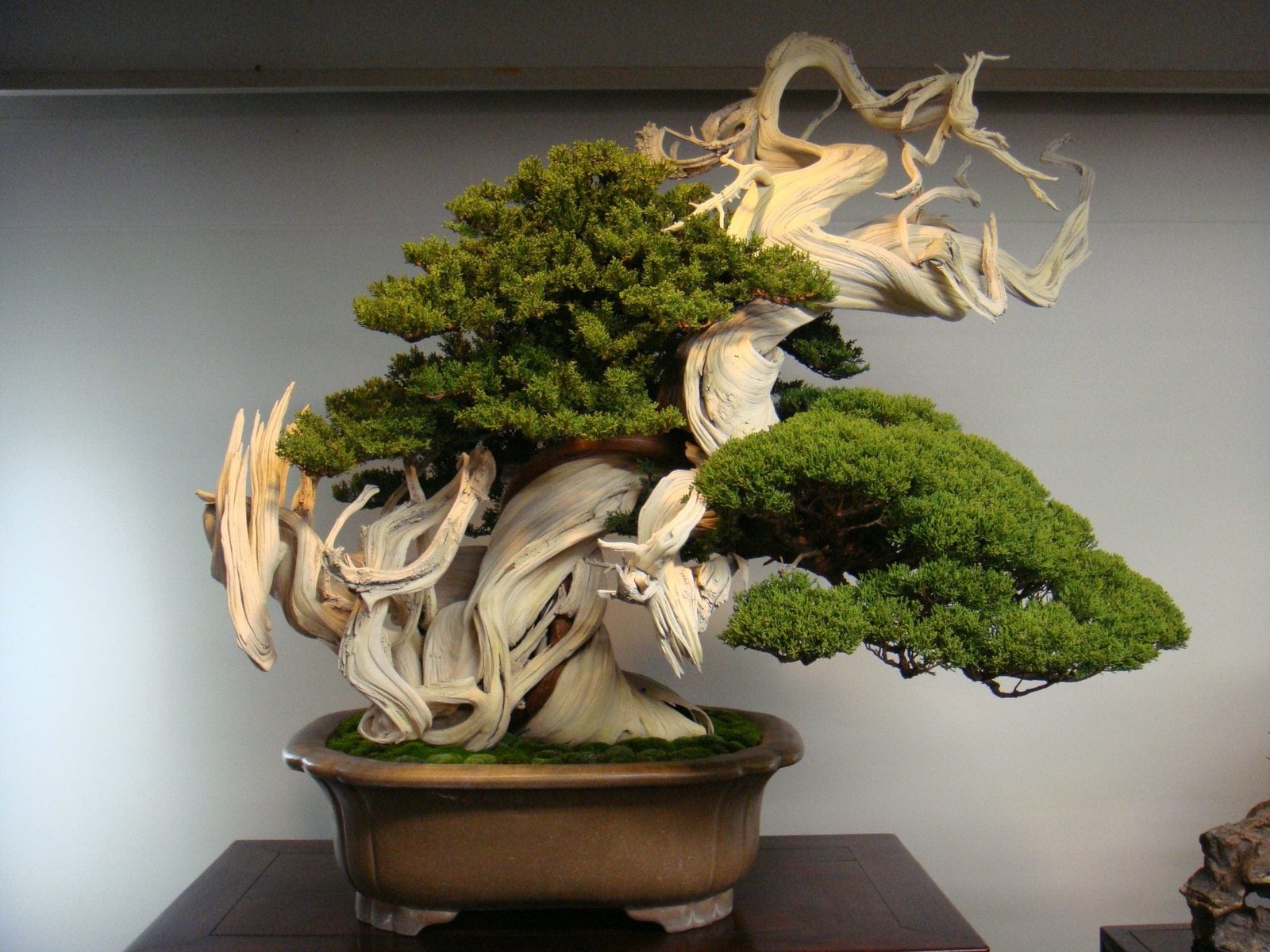
Bonsai Longevity: Life Expectancy Of The Bonsai Tree | Bonsai Tree Gardener

3 Simple Ways to Water a Bonsai Tree - wikiHow
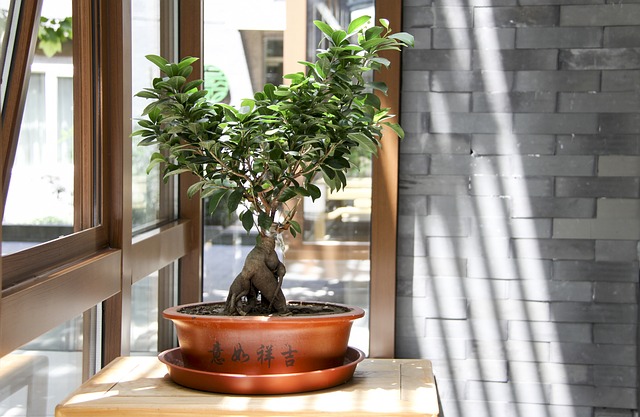
6 types of bonsai trees you can grow indoors | AZ Big Media

Indoor bonsai - Wikipedia
Is My Bonsai Tree Dead? - Basic Bonsai

How Long Can Bonsai Go Without Water? - Better Leaves
Amazon.com: Brussel's Live Money Tree Indoor Bonsai - 4 Years Old; 10" to 14" Tall with Decorative Container: Garden & Outdoor
Post a Comment for "how long can a bonsai tree go without water"